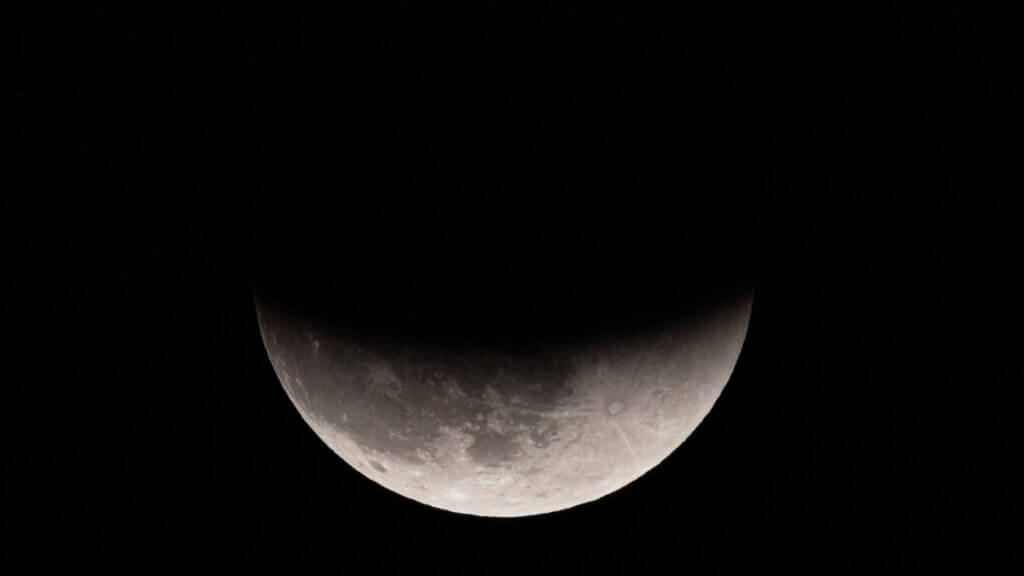
How to watch the Flower Moon lunar eclipse today in a free livestream (Image Credit: Space.com)
A lunar eclipse will be joining the full Flower Moon of May 2023.
On Friday (May 5) at 11:15 a.m. EDT (1515 GMT), a lunar eclipse will begin as the moon enters the outer edge of Earth’s shadow. This particular type of lunar eclipse is known as penumbral, meaning skywatchers will be able to see the face of the moon darken without completely disappearing. The event will reach its peak at 1:24 p.m. EDT (1724 GMT), some two hours after beginning, and end at 3:32 p.m. EDT (1932 GMT) as the Earth’s shadow leaves the moon once again.
Unfortunately for those of us in the Western Hemisphere, this event will only be visible from Australia, Antarctica, Eastern Africa, Oceania and Asia. Luckily, the Virtual Telescope Project will host a free livestream of the lunar eclipse of the full Flower Moon beginning at 2:45 p.m. EDT (1845 GMT) on Friday (May 5). The livestream will be available on the project’s website (opens in new tab) or YouTube channel (opens in new tab).
Related: Lunar eclipses 2023: When, where & how to see them
Read more: A lunar eclipse is coming on May 5. Here’s what you need to know


Looking for a telescope to observe the moon or anything else in the sky? We recommend the Celestron Astro Fi 102 (opens in new tab)as the top pick in our best beginner’s telescope guide.
Like all lunar eclipses, this event will occur as the sun, Earth and the moon are aligned in a straight line. Earth will be in the middle of this arrangement, meaning it will cast a shadow on the face of the moon as it blocks the light of the sun.
This particular eclipse is known as a penumbral eclipse, named after the part of Earth’s shadow that will appear on the moon. The umbra is the darkest, innermost part of a shadow, while the penumbra is the lighter outer region that is not completely dark.
That means that this eclipse will not be as dramatic as a total eclipse, in which the moon’s face becomes completely darkened. Instead, skywatchers should see a dark gray or brownish shadow across a portion of the face of the moon, covering up to 94.6% of the moon at the eclipse’s peak.

Lunar eclipses can make for interesting observations of the moon’s features as the Earth’s shadow moves across it. If you don’t have everything you need to get a close-up look at the moon during an eclipse or any other time, our guides to the best telescopes and best binoculars are a great place to start.
Meanwhile, if you live in a location that can view the penumbral lunar eclipse on May 5 and want to take photos of it, be sure not to miss our guide on how to photograph a lunar eclipse.
And if you need a few tips on how to photograph the night sky in general, check out our guide on how to photograph the moon and our picks for the best cameras for astrophotography and best lenses for astrophotography.





